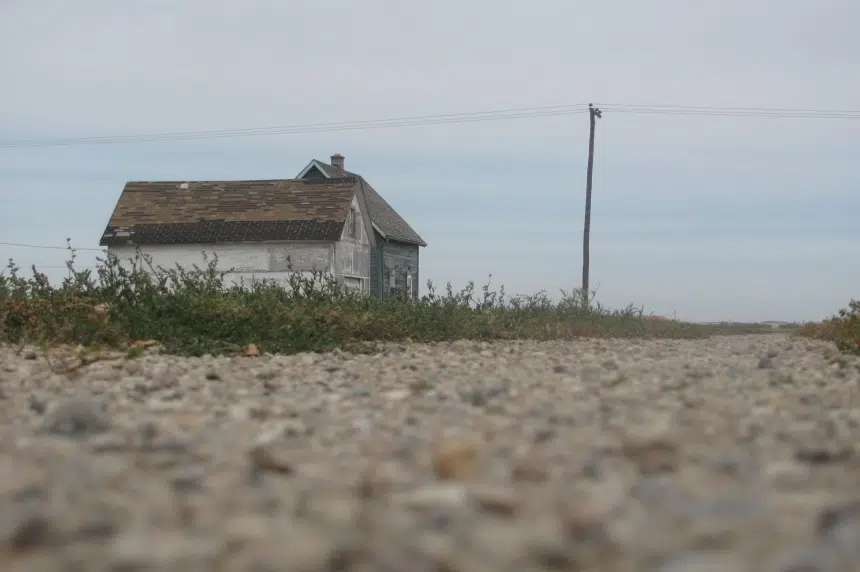The general manager of the Saskatchewan Stock Growers Association was reminding ranchers in the area to monitor their stock after a report of anthrax in the province.
“If people are in the general area of where the positive case was, they should be consulting their local veterinarian and consider vaccinating their herds or other options,” Chad MacPherson said Friday.
MacPherson said cases of anthrax aren’t uncommon in the province, but he hasn’t seen one since 2015.
“It pops up from time to time,” MacPherson said. “But there has been some positive cases in other provinces and in the northern U.S. this summer.”
The disease can be handled through vaccination.
The provincial government issued a media release Thursday saying seven animals had died from anthrax in the RM of Chester, located about 115 kilometres east of Regina.
On Thursday, the province’s chief veterinary officer, Dr. Betty Althouse, wouldn’t indicate what type of animal was affected, but said it was in “farmed livestock species.”
Althouse said ruminants – such as bison, cattle, sheep and goats – are highly susceptible to the disease and horses can be infected, too. Farm dogs and cats should also be kept away from carcasses.
Affected animals are usually found dead without any signs of illness. But if they’re alive, Althouse noted, it’s noticeable they’re infected.
“They’d be bleeding from the nose or have severe respiratory distress – animals that look very, very sick. But usually, they’re just found dead,” she said.
Anthrax is caused by the Bacillus antracis bacteria, which can survive as a spore for decades in soil.
Changes in soil moisture, such as flooding and drying, can lead to the buildup of spores in pastures. The spores can also be found in sloughs and potholes.







